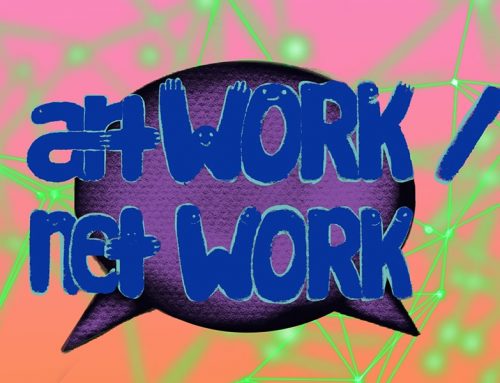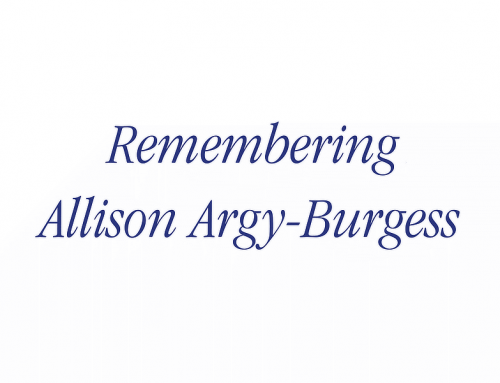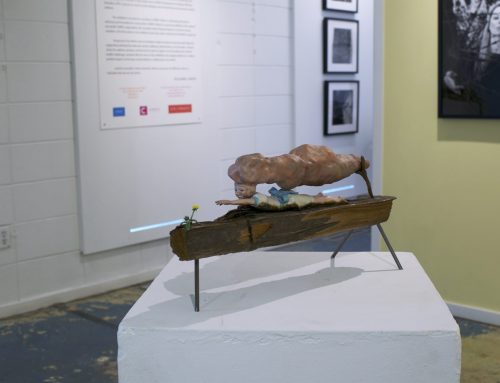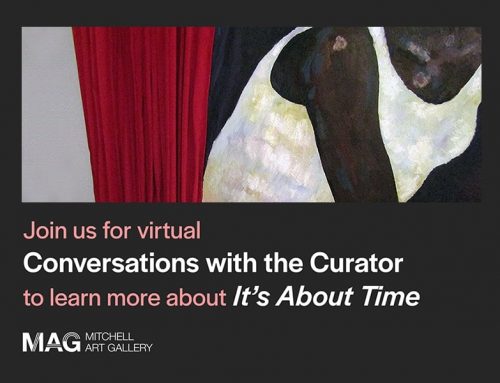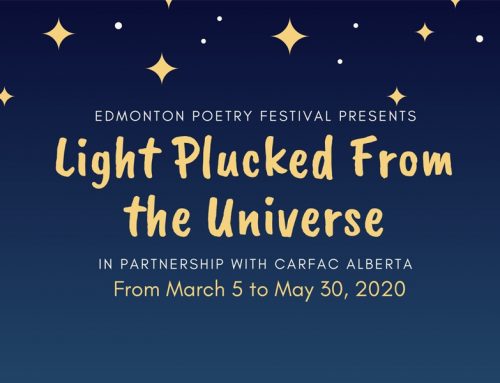
Pretty & Ugly City is an online exhibition that may become both an online and physical exhibition when, or if, we are permitted to reopen our CARFAC Alberta Project Space. The online exhibition will be live on the CARFAC Alberta website until June 12.
Rain Stratkotter says “I believe most of us have seen pretty empathy shared amongst materially impoverished but spiritually rich people, and pretty actions of those with means who kindly help the less fortunate – in contrast to the ugly atrocity of homelessness, and ugly actions of worldly powerful people being unmerciful to financially destitute humans.” An exhibition of street photography, taken between 2015-2019 in Edmonton/Treaty 6 Territory in Canada, Pretty & Ugly City refers to human communities having a mix of pretty and ugly scenes and behaviors, and the images attempt to document that theme.


